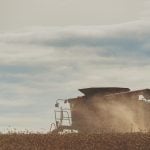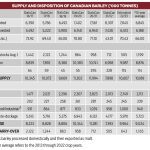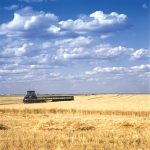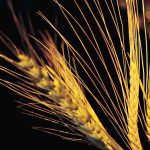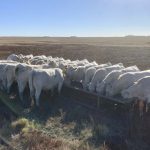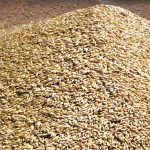Barley and corn prices have been extremely volatile over the past month. Large regions of Western Canada are experiencing drought-like conditions. At the same time, crop ratings for the U.S. corn crop reflect yield uncertainty in the Midwest. I’ve received many inquiries from feedlot operators and cow-calf producers regarding the price outlook for corn and […] Read more


